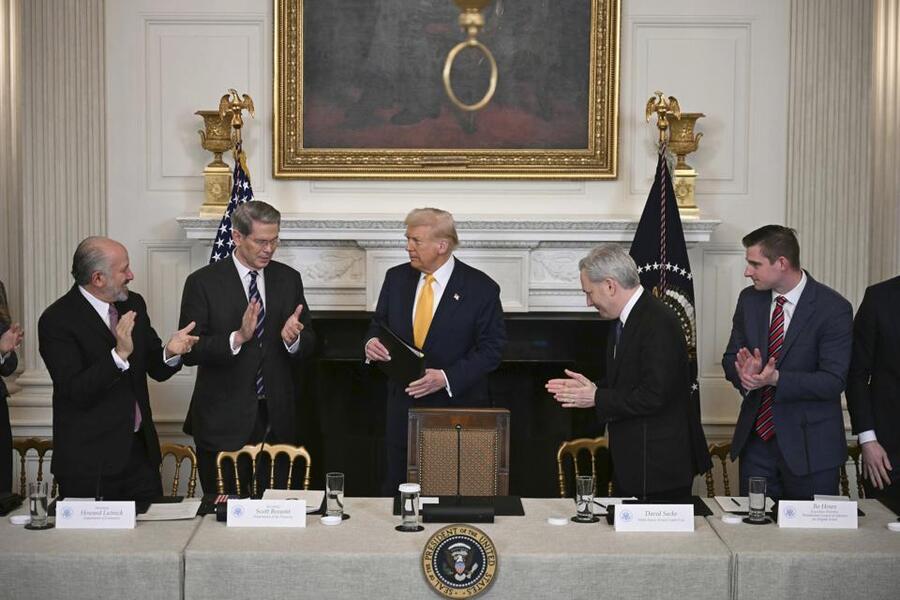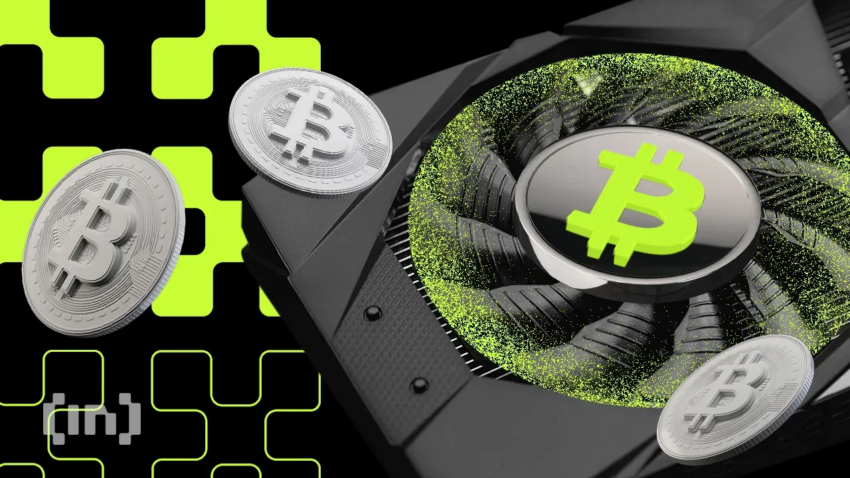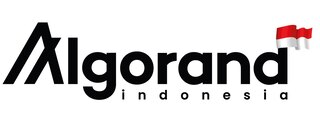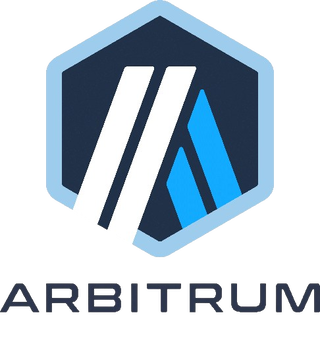As artificial intelligence (AI) advances, its combination with blockchain technology and robotics is creating new opportunities in automation and finance.
AI and Blockchain: A Powerful Combination
One major limitation of AI and robots is that they cannot handle financial transactions on their own. To solve this, developers are now integrating AI with blockchain. This allows AI to securely manage digital assets, make payments, and execute smart contracts.
At ETH Denver 2025, experts from Coinbase Developer Platform, OpenMind, and Robonomics discussed how AI-powered robots and systems are using blockchain to operate as independent economic agents.
“AI cannot directly interact with blockchain,” said Nemil Dalal, Lead Developer at Coinbase. “It can’t open a bank account or transfer money on its own, which limits its potential.”
To address this, Coinbase created Agent Kit, a tool that gives AI its own wallet. Launched in November, this framework enables AI to make secure transactions just like a human would.
How AI Uses Blockchain
Since its launch, more than 2,000 developers have used Agent Kit, facilitating over $100 million in transactions. One popular use case is automating actions based on blockchain events—for example, if a condition is met, the AI can automatically execute a task.
As AI becomes more common in finance and crypto trading, concerns remain about AI mistakes, or “hallucinations.” AI could take incorrect actions or provide false information, which is risky when real money is involved. To prevent this, Dalal suggests safety measures like user approvals for large transactions or new payees.
Robots and Crypto: A Natural Fit
Jan Liphardt, founder of AI and robotics company OpenMind, believes blockchain is essential for AI-powered robots. “Blockchains were designed for machines and are crucial for how they interact with people,” he said.
Liphardt, a bioengineering professor at Stanford, noted that many human-centered industries, such as banks and airlines, are not yet ready for AI-driven robots. A key challenge is identity verification. To solve this, OpenMind developed Iris, a humanoid robot with two cryptocurrency wallets: an Ethereum wallet and a Coinbase wallet. Iris checks her balances every six seconds to manage transactions.
Balancing Innovation and Safety
As robots integrate into human systems, important questions arise: How should they earn and manage money? What rules should govern them? Blockchain provides a solution by enforcing clear and unchangeable rules.
To ensure transparency, OpenMind encodes governance rules onto Ethereum. When a robot starts up, it reads these rules, which are public and unchangeable. “If someone asks, ‘Why should we trust this AI?’ we can show them the rules,” Liphardt said. “We even adapted Asimov’s Three Laws of Robotics and wrote them onto Ethereum.” However, he acknowledged that this is only part of the solution.
Some people fear AI-powered humanoid robots, partly due to movies like The Terminator. To ease these concerns, developers are focusing on smaller, more approachable robots, such as medical assistants.
The Role of Blockchain in Robotics
Vitaly Bulatov from Robonomics, a company behind the humanoid robot Unitree G1, explained how blockchain helps smaller robotics companies. “We can run basic AI models on the robot, but we need extra computing power for advanced tasks,” he said. “By using Polkadot, we connect to external computing providers to expand our capabilities.”
For AI-driven robots to function independently, they need an identity, a wallet, and the ability to enter contracts. Bulatov’s system records all payments, errors, and video feeds on a decentralized storage network. This ensures that tasks are completed as expected.
“Whether we have millions of robots or an entire smart city, we can track everything based on payments and ensure work gets done,” Bulatov said.
Conclusion
By integrating AI, blockchain, and robotics, developers are creating systems that can operate independently and securely. While challenges remain, tools like Agent Kit and blockchain-based governance are paving the way for a future where AI can participate in the economy just like humans.















































